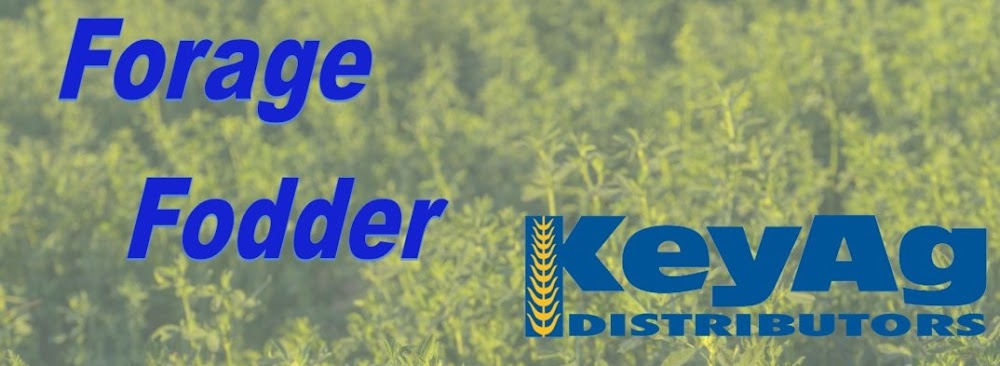Drivers for the hay industry include low inventory, high costs, drought conditions and favorable export demand.
- Low hay inventory and high input costs support favorable hay prices in 2022.
- Irrigation water availability will vary by region.
- Despite trade disruption export demand remains favorable.
Northwest FCS’ 12-month outlook for the hay industry suggests profitable returns. High input prices and irrigation water availability will provide headwinds to producers. High hay prices will linger through 2022.
Northwest Situation
Hay inventory is low across the Northwest and prices are at record levels. The average alfalfa price for all grades across the Northwest is over $300 per ton. This is indicative of low inventory following drought in 2021. High input prices and irrigation water availability will dissuade many producers from expanding hay production in 2022.
In eastern Oregon and Klamath Falls, irrigation water supplies are well below average for March. The Emigrant Dam and Lake near Ashland, Oregon, currently has slightly over 4,000 acre-feet of water compared to the March average of over 31,000 acre-feet, down from 7,000 acre-feet in March 2021. Likewise, the Owyhee reservoir near Nyssa, Oregon, currently has 225,000 acre-feet compared to an average of 445,000 acre-feet. In the eastern Oregon river basin, the Warm Springs reservoir currently holds 21% of its’ seasonal average.
Alfalfa is a water intensive crop requiring irrigation in the desert areas of the West. Many producers have already been given notice of reduced irrigation water availability. Anecdotal reports suggest producers are taking out alfalfa and instead planting wheat, a less irrigation dependent crop.
In Idaho, hay prices remain high. Fair to good alfalfa in large, square bales is trading between $250 to $260 per ton. Higher quality alfalfa hay purchased by dairies is trading around $300 per ton. Hay prices are unlikely to decline substantially. Less water for irrigation suggests sustained alfalfa prices for the 2022 season.
In eastern Montana, spring is off to a dry start. The potential for another year of drought is driving cattle producers to evaluate herd size. With 82% of all Montana lands in severe to exceptional (D2-D4) drought conditions on March 22, more cows will likely be sold. If current conditions persist, little hay will trade.
Current hay prices in eastern Montana are between $300 and $350 per ton. Straw is trading between $90 and $100 per ton. Assuming hay production is normal, prices will likely remain over $200 per ton to offset rising fuel, fertilizer and crop protection prices. Irrigation water supplies northeast of Billings, Montana, are already in question. Producers are expecting 50% of normal water deliveries. While the portion of irrigated hay production in Montana is small, this suggests continued low inventory in 2022.
In western Montana, hay inventory is low but not to the same extent as eastern Montana. Despite somewhat higher inventories, hay prices remain elevated. Livestock producers who have historically held 2 or 3 years of hay inventory are benefiting from current conditions, and this long-standing custom of holding additional inventory will gain traction again as a means of managing drought risk.
Like in other regions of the Northwest, hay prices are high in Washington. Utility quality to good quality hay is trading between $250 and $275 per ton. Higher quality premium and supreme grades are trading between $300 and $330 per ton. Three string timothy hay for retail markets is trading between $380 and $400 per ton. Lower quality timothy is trading as low as $200 per ton with firm support from feedlot and other domestic livestock producers.
Cattle
Domestic demand for hay is driven, in part, by herd demographics. The number of beef cows in Montana is down 13% or 198,000 head since 2018. A cow will consume between 2-3 tons of hay per winter. Assuming an average 2.5 tons per cow per winter, Montana cattle producers need half a million tons less hay now than they did five years ago.
States across the Northwest have experienced a proportionally similar losses in beef cattle. In total, the Northwest has lost 252,000 cows in five years, which means approximately 630,000 tons of lost demand. Generally, hay fed to beef cows is lower quality than that fed to dairy cows. As a result, the demand, and therefore the prices, of low-quality grass hay may face headwinds in the event of a bumper crop.
In contrast, the number of dairy cattle has grown since 2018. The Northwest herd has increased 37,000 head since 2018. Most of this growth has occurred in Idaho. Dairy rations are not as well defined as beef cow rations, and it is less clear how much additional demand is driven by dairy herd growth. However, more milk cows in the Northwest will tend to support high-quality alfalfa prices.
Diverging demand for low-quality grass hay and high-quality alfalfa hay may drive longer term production changes. Producers may begin to consider other crops instead of lower quality grass hay and favor more alfalfa in rotations.
Exports
In the face of widespread shipping disruptions, hay trade increased year over year. Exports to Asia surged while trade with the Middle East waned. Anecdotal reports suggest Asian demand remains strong. Australia is a key competitor in Asian hay markets, but shipping disruptions and trade disputes (between China and Australia) has hindered exports from Australia. This leaves the U.S. and Australia with the same underlying challenges.




.jpg)

No comments:
Post a Comment